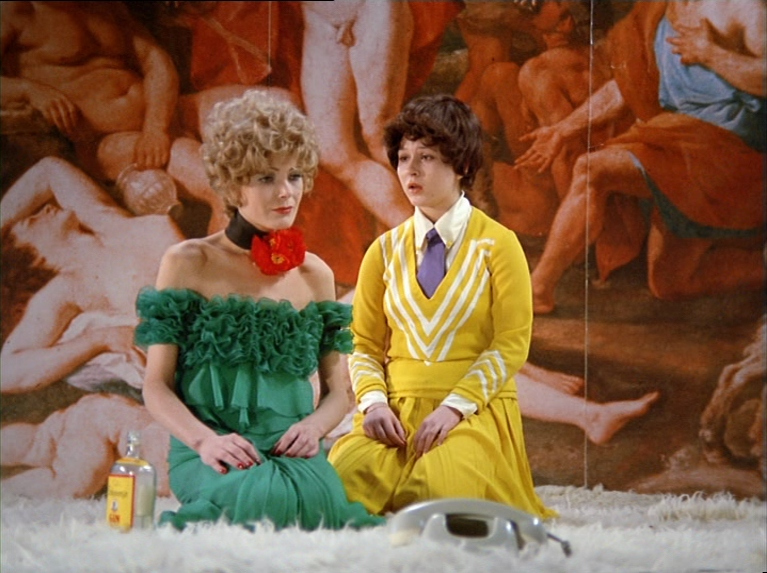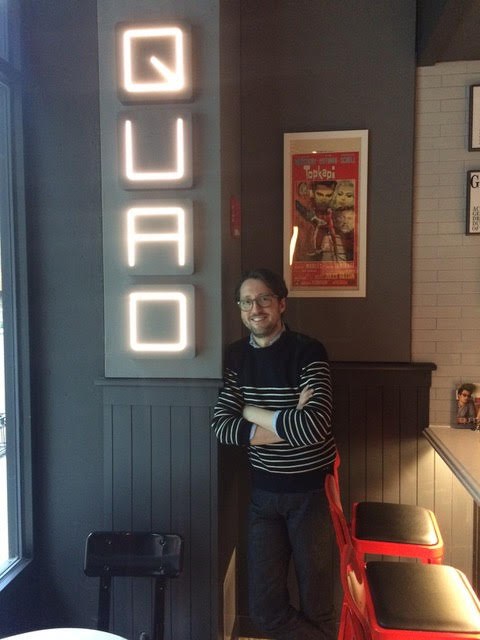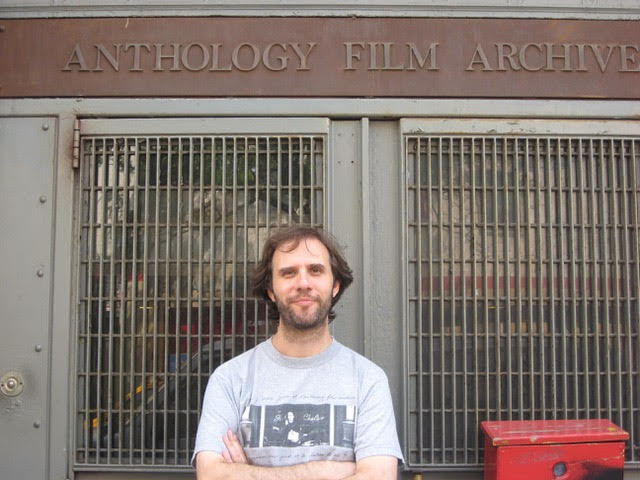 The Bitter Tears of Petra Von Kant
The Bitter Tears of Petra Von Kant
A film I desperately wanted to see that had eluded me for a long time was Rainer Werner Fassbinder’s The Bitter Tears of Petra Von Kant (1972). I promised myself that I wouldn’t succumb to watching it at home; I’d wait and hope that it would eventually appear soon in a repertory theater. And sure enough it did, three months later. I got the full theatrical experience of the classic film, screened in celluloid glory. I’m glad I waited. My first screening of A Place in the Sun (1951) happened only last year, and was so exhilarating it was my favorite film I’ve seen in a cinema in 2017. Ditto Claire Denis’ Beau Travail (1999). I enjoyed all these films and more without distraction, in the dark, projected big and among fellow cinephiles...
On any given weekend over in the last few months, film fans in New York could have immersed themselves in a series exploring Al Pacino’s career at the Quad in the West Village, and crossed the bridge into Brooklyn to catch a series about women's roles in labor movements throughout history at BAM. In the mood for Wong Kar Wai’s lush romantic 2046 (2005)? Yes, you could have seen that too by visiting Metrograph in Chinatown.
 BAM programmer Ashley Clark
BAM programmer Ashley Clark
There is a repertory cinema renaissance in New York. Although we have lost some theaters - Lincoln Square in the Upper West Side and Landmark Sunshine downtown, both within the last year - at the same time others have been added such as the Metrograph. That theater’s opening of a 2 screen theater in March 2016 marks the beginning of this renaissance. It was followed by the renovated Quad a year later. Stalwarts like Film Society of Lincoln Center uptown and Brooklyn Academy of Music (BAM) have been serving repertory fans for many years.Though this new influx of new screens and various films series have reinvigorated the whole scene.
Reasons abound for this resurgence. “It is perhaps because of the increased availability of archived film. People want to come out and watch this stuff in person, and discuss it and reflect on it. It has become a social experience where audiences value the idea of films from many eras being contextualized and presented in a thoughtful way,” says BAM programmer Ashley Clark.
The availability of various streaming services can lead to styming viewers with the many choices. Perhaps they need someone else to make the choice for them. ”Streaming services offer lots of choices, but hardly any curation of their selections. We are doing that curatorial work for people, who otherwise would be on the couch having a panic attack wondering what to watch on Netflix,” continues Clark.
 QUAD programmer Chris WellsAccording to the West Village’s Quad programmer Chris Wells, the need to feature underrepresented films and filmmakers who aren’t exhibited in multiplexes is another reason, particularly with the #MeToo movement rocking the film industry. “We have a firm commitment to playing films by female filmmakers. It is our responsibility,” he adds “If you are showing films by women or minority filmmakers there's never too much because there's so much underrepresentation."
QUAD programmer Chris WellsAccording to the West Village’s Quad programmer Chris Wells, the need to feature underrepresented films and filmmakers who aren’t exhibited in multiplexes is another reason, particularly with the #MeToo movement rocking the film industry. “We have a firm commitment to playing films by female filmmakers. It is our responsibility,” he adds “If you are showing films by women or minority filmmakers there's never too much because there's so much underrepresentation."
More of this work is needed particularly after the 2016 elections marginalized a lot of New York’s immigrant and minority populations. “We made some effort to speak to [Donald] Trump’s election explicitly” says Jed Rapfogel the programmer ar Anthology Archives in the East Village. “The Seventh Art Stand, a program initiated by the Northwest Film Forum [in Seattle] came to Anthology earlier this year. It showed films from the seven countries included in Trump’s original travel ban.”
Clark acknowledges the diversity efforts saying, “We have to take a position, be unashamedly progressive because neutrality is not helpful to anybody.” However he also stresses the importance of reaching out to the local community and engaging with them. “Diversity is not just what is up on the screen, not just a matter of pure representation It’s about who is selecting and contextualizing the work and who’s in the audience. We try to partner with community organizations and work closely with our education and community departments to expand our reach, so that people who don't usually come to BAM feel welcome within our doors.”
Certainly a part of why repertory cinemas are in such good health is, “people long for the flawed grainy look of film projection. Younger moviegoers like to see movies on 35mm,” says Wells. “It’s an experience that they can’t get with first run films.”
 Anthology Film Archives Programmer Jed Rapfogel
Anthology Film Archives Programmer Jed Rapfogel
Social media, good press and box office are indicators of success for these programmers. However a more significant metric of success is getting repeat customers. Clark sees “curating as a sort of storytelling and if people come back again and again, it means they bought into your narrative.” For Wells it was getting to hear “good job” from a manager at the old Regency Theater in NY, someone who’s been an avid moviegoer in the city for more than 40 years. The competition in the repertory New York scene is complementary and supportive, if it exists at all. “These new establishments created more excitement around repertory cinemas and I think we benefitted. It's not a zero sum thing, the audience is actually growing for repertory film”, says Rapfogel.
There’s still more to come. More series, more undiscovered works, more classics. Like the currently playing Visconti retrospective at Lincoln Center. Or the upcoming series “On Whiteness” at BAM, which considers “how whiteness as an identity has been constructed, ignored and challenged in film,” and will include films as varied as The Jerk (1979), Pinky (1959), White Chicks (2004) and White Material (2009). Personally I’m looking forward to catching a few of Elizabeth Taylor’s films, showing at Quad later this month. Wells’ advice to film fans is to wait - like I did - for that canonical film you’ve always wanted to see. He promises that it’ll pop up at some point at some theater in the city “We are all taken care of as moviegoers in New York”.